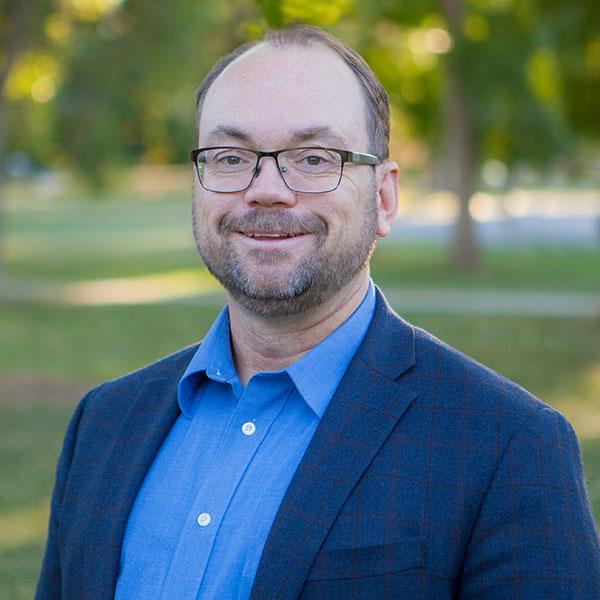Open Enrollment Brings Tough Choices for Some Coloradans
Today is not a good day for Alexandre.
He has a good life. He and his wife and two kids, ages eight and seven, live in Aspen, one of the most beautiful locales in the country. He’s not one of the tycoons with a $20 million slopeside chalet. But his job at a restaurant brings him a good living and allows him membership in Aspen’s often-overlooked middle class.
But today is not a good day. It’s November 1, the first day of open enrollment for 2017 health coverage.
Alexandre is one of the estimated 400,000 Coloradans who buy insurance on the individual market. People in this market pay more than those who have insurance through their jobs because they have no employer to split the costs.
Two years ago, he paid $680 a month for health insurance for his family. Last year, the price went up to about $1,100. This year, he got a notice from his insurer that the new price would be $1,600 a month.
That’s a mortgage. That’s three car payments. That’s more than double what he paid two years ago.
It’s enough for Alexandre to consider the unthinkable — going without health insurance for his family. The $695 tax penalty would be much cheaper.
“This is life-changing and a life choice I have to make now. Am I going to take the risk?” he said.
Alexandre immigrated from France 24 years ago and supports the goal of universal health care — something that most Europeans consider a basic right.
“I’m not against the Affordable Care Act. I really am all about health care for everybody,” he said.
The Affordable Care Act (ACA) expanded Medicaid for people with low incomes and created tax credits for those in the middle-income bracket to buy coverage on the individual market. But Alexandre’s paycheck is high enough that he wouldn’t get a meaningful tax credit. However, he doesn’t make enough to afford an extra $500 a month.
He called me last month after the Colorado Health Institute put out a report on the 2017 insurance rates. He had one big question.
“How much do you squeeze the people in the middle? What is the breaking point?” he asked.
We at CHI have been wondering that, too.
To be sure, the 2017 insurance rates are not uniformly catastrophic. The average rate increases in the Denver area are 16 percent to 20 percent. That’s high, but nowhere near as steep as the increases in rural Colorado.
And those tax credits will make coverage affordable for many people. When premium prices go up, so do the tax credits.
Insurers are learning more about this new market created by the ACA, so each passing year should — in theory — bring more stability to the business.
But sticker shock over 2017 premiums will have people asking why prices are so high and what can be done about it.
The answers so far aren’t very satisfying, but here are a few places to start.
First, the risk pool in the individual market must be improved. That means getting younger, healthier people to sign up and share the costs with the older, less healthy people who are already in the market. That’s a tall order for young people now that prices have risen so much. But one day they will get older and face increasing health expenses. When that day comes, they would benefit from a stable insurance market.
Second, we need to better understand why the cost of health care varies so widely around our state. It’s the high cost of medical care that largely drives insurance prices. A recent study for the Division of Insurance showed the average per-person cost of outpatient care on the Western Slope was more than $2,000 a year, double the average cost in Denver. Why is that? Accurate, reliable answers to that question will help policymakers figure out what to do about the problem.
And then there’s Washington. Congress and the president have not been able to pass any significant health legislation since the ACA — not even some of the tweaks that usually follow in the years after a major new law is adopted. The election next week will bring a new president, but it’s unclear what kind of changes we will see in the Senate and the House. Will the new Congress and administration be more enthusiastic about looking at health reform ideas from the left and the right?
We’re all waiting to see, in Aspen and across the country.

